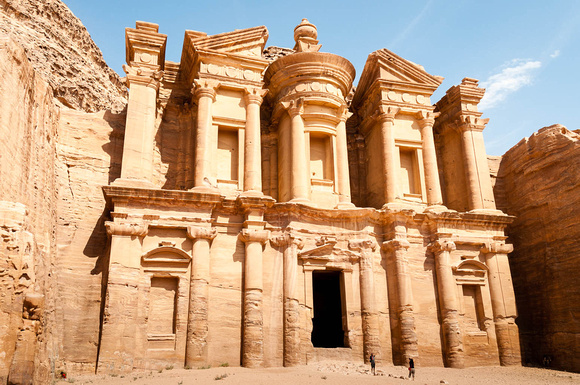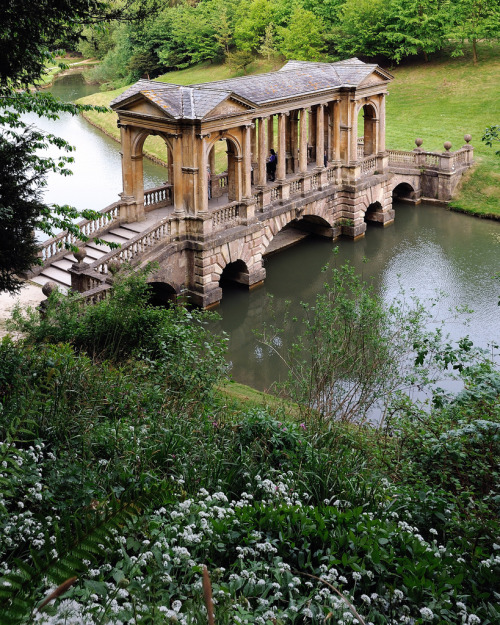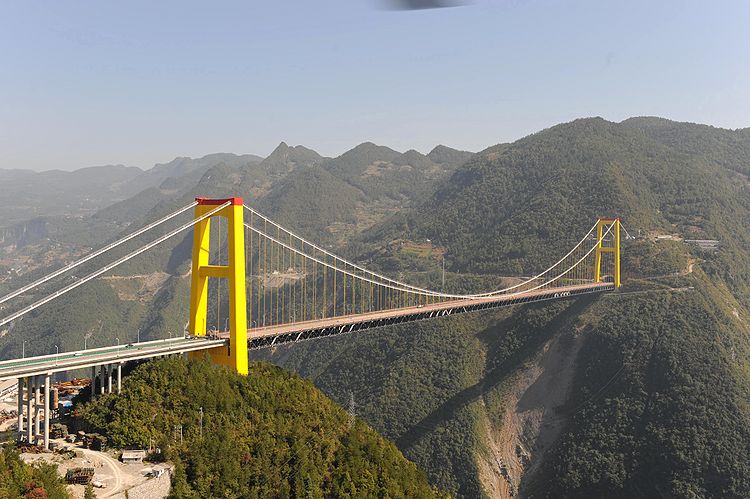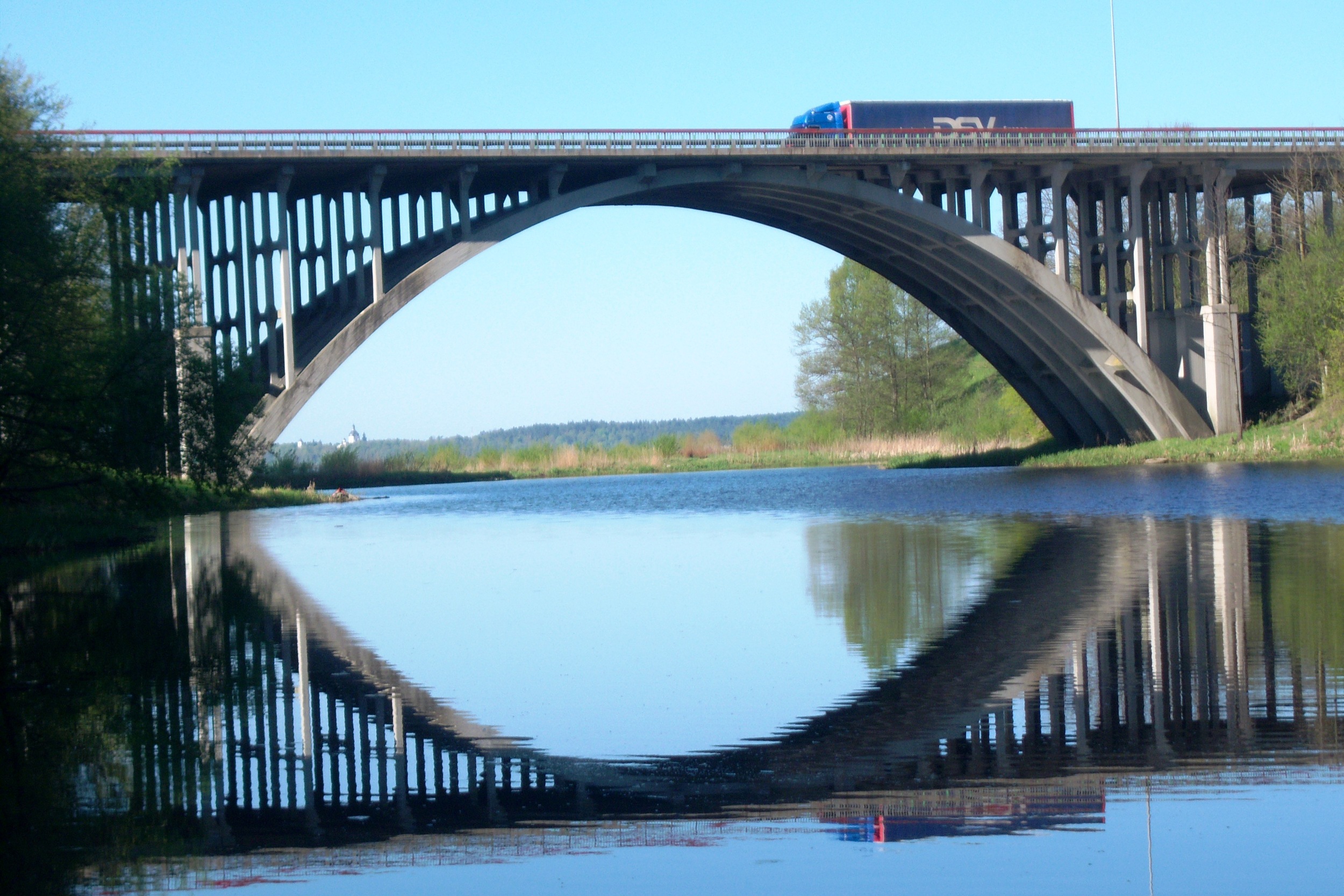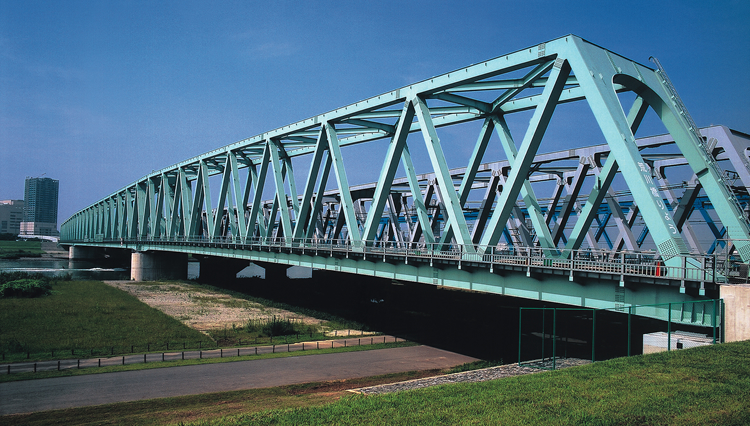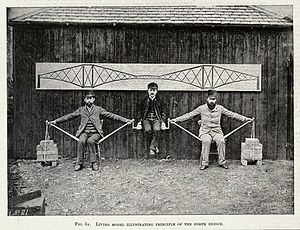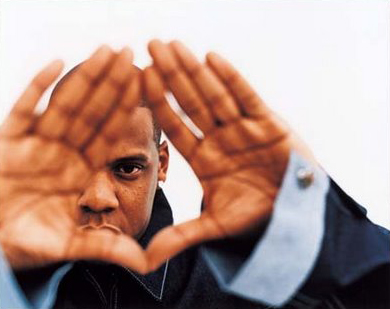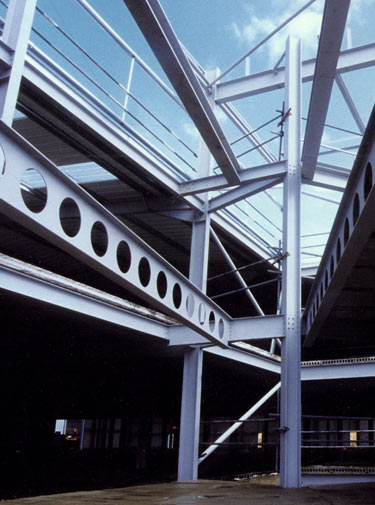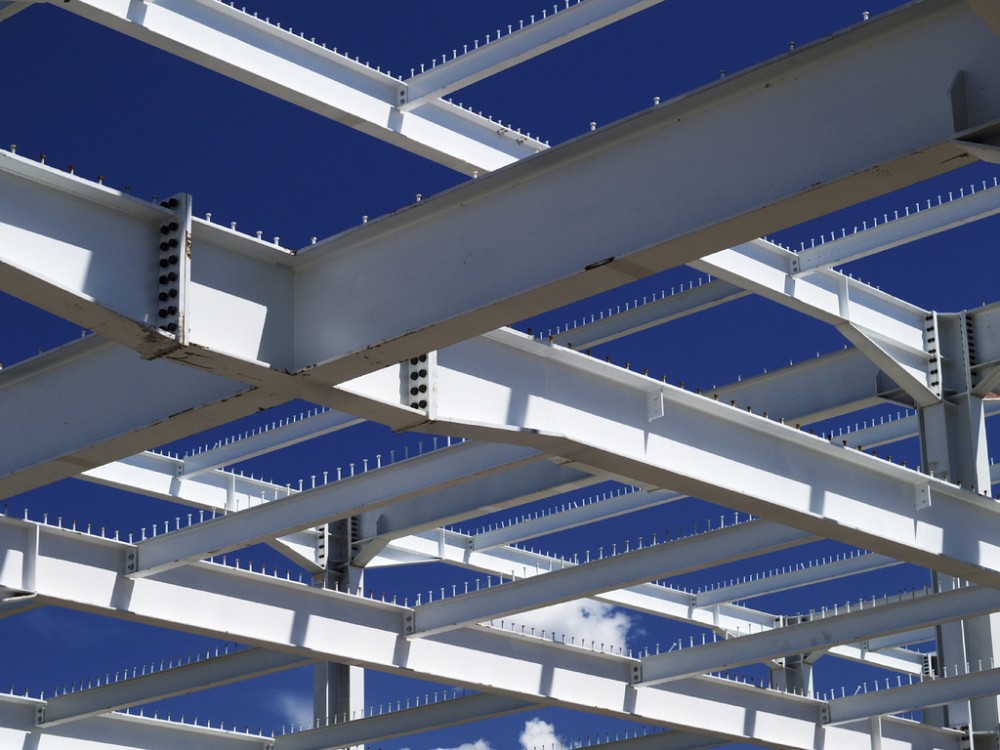Structures & Forces
Structure:
ANY object that provides support
Structural Strength:
The ability of a structure to hold itself up, over and above any weight that is added.
Structural Stability:
The ability to maintain its position even if a FORCE is acting on it.
Force:
A push or a pull that tends to cause an object to change its movement or shape; measurement is Newtons
Three Structural Forms
1. Solid Structure
2. Frame Structure
3. Shell Structure
Solid Structure
Formed from a solid piece of strong material
Has little or no space between inside, relying solely on its own mass to resist any force that may be acted on it
Usually the strongest of the three types of structures
Frame Structure
Formed from a rigid arrangement of parts, or structural components, fastened together
The strength of the frame comes from how these parts are placed together
Lighter than solid structures because they use less material
Example: Skeleton
** Draw some examples of Frame Structure from your book
Shell Structures
Has a solid outer surface, may be rounded or flat with a hollow inner area
Rounded outer area are stronger due to the curved area distributing the load around the whole surface
Hollow interior allows it to be lighter than solid structures
** Draw some examples of Solid, Frame, and Shell Structures from your book
Function:
A structure's use or purpose
Example: The function of an airplane or car is transportation
When a structure is built knowing the main function (i.e. comfort, transportation or shelter) of the structure will allow the designers to build it accordingly
Common Function BUT Different Design
Example: Roofs (pg 277)
Common Function: provide covering for a building and protect what is inside
Different Design: because they are all effective but are suited for different environments (climate), cultures, resources.
Aesthetic:
The pleasing appearance /effect that an object has due to its design
On Page 277, Draw each letter and the corresponding type of housing that matches to a different part of the world.
On page 273 match the man made structures with that of natural structures.Describe similarities and difference.
Understanding Forces
Force:
A push or pull that tends to cause an object to change its movement or shape
The actual effect of a force relies on these three things:
Magnitude (amount of the force)
Direction (where the force is going)
Location (where the force is applied)
Break into groups of two, think of an action in sports (ex. kicking a soccer ball, sumo wrestling, etc.), act out the action, and explain the forces that are being exerted. Remember each force is comprised of a magnitude, direction, and location.
Newton
Unit of Force is referred to as a NEWTON (N)
1 Newton (N) = amount of force needed to hold up a mass of 100 grams (g)
EXTERNAL FORCE IN ACTION
External Force:
A force which is applied on a structure by something else
Walking into the ocean and waves hit your body
The Earth's gravity is a force that pulls towards the center of Earth, therefore Gravity is an External Force
Mass:
Amount of matter in an object
Greater the Mass = Greater the Gravitational Force on that object (it's heavier)
Weight is actually the pull of gravity on a mass.
Centre of Gravity
Activity Time!!!!!!!
1.Everyone Stand up and find a place in the room
2.Hold your arms out straight for 2 minutes, What is happening?
3.Stand on one foot and try to keep balance, What are you experiencing?
Answer - GRAVITY! Is having an effect on your stability
Centre of Gravity:
An imaginary point in any structure where the downward force of gravity acts.
Location of the centre of gravity will determine the stability of a structure
Symmetry:
Balanced ratio of mass which occurs on both sides of a line/plane or around the centre of the axis
The force of gravity on either side of the center point is equal
For a symmetrical structure to be stable, the mass of that structure must be distributed equally around the centre of the structure’s base, meaning force of gravity around the centre is also equal
Structural symmetry helps balance the forces acting on a structure.
Static and Dynamic Loads
When structures are built the idea of having weight put on them is something every engineer or designer must think about.
Load:
External force carried by a structure
Two Types of Loads
1. Static
Weight of a structure and the non-moving load it supports
Example: books on a bookshelf
2. Dynamic
External force that moves or changes with time
Example: moving students on a staircase at school
Note: When you build a dynamic structure you must consider you may have both static and dynamic loads, therefore the structure must maintain both
Performance Requirements of a Structure:
How well will a structure hold up under the load it was designed to carry out.
Important for safety, cost and efficiency-Performance Requirements should always be expressed in Maximum Weight
Engineers need two conditions to decide what type of bridge is suitable:
1.What the bridge is crossing (water/land)
2.What kinds of loads the bridge will be supporting
Draw and Define each of the four different types of bridges. Google search "Edmonton Bridges" and label the bridges and the category of bridge.
WHITE GLUE AND POPSICLE STICKS - 50 LBS!
Internal Force:
Forces that act within a structure
One part of a structure exerts on other parts of the same structure
Three Types of Internal Forces
1. Compression
2. Tension
3. Shear
Compression:
A force that acts on an object or push parts together within an object
Tension:
A force that acts to stretch and pull apart something
Shear:
A force which push parts which are in contact with each other in opposite directions
Poster Project
(you may partner up and use poster board or your own supplies)
Create a poster with an example & a diagram explaining the following concepts:
Symmetry
Static Load
Dynamic Load
Compression Force
Tension Force
Shear Force
Internal Force
External Force
Complementary Forces:
When different kinds of internal forces act on a structure at the same time
Example: Bending
Compression is put forth on the top and tension is put forth on the bottom
Failure to resist either results in the beam breaking
Strength in Shapes
A triangle is a strong rigid shape that cannot be bent. Where as rectangles and squares can be easily bent, and circles can compress and buckle outwards when force is applied.
Structural Components
Arches:
Common structure used in bridges due to supporting large loads because the force of the load is carried through the arch to the foundation.
Beams:
Flat structure which is supported at each end.
Columns:
Solid structure that can stand by itself.
Breaking Point!
Structural stress:
Results when internal and external force are applied to a structure which can weaken it
Structural failure:
Results when a structure can no longer stand up to forces acting on it
Structural fatigue:
Results in weakness to a structure when it is repeatedly used out of it’s original function

